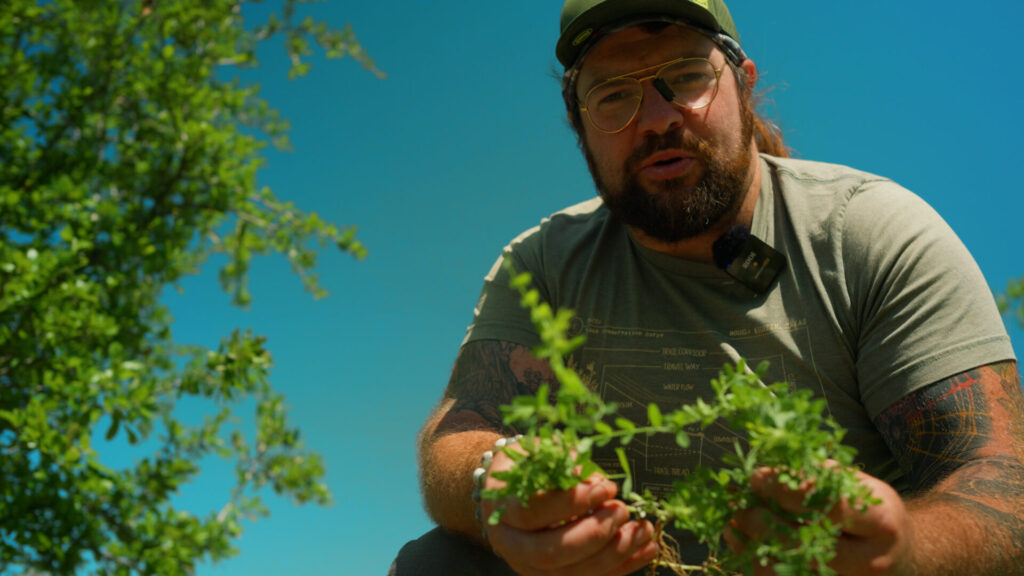
Weeding in Central Texas isn’t just about pulling unwanted plants. It’s a critical part of building healthier soils, supporting biodiversity, and cultivating resilient landscapes. In our unique and ecologically diverse region, adopting regenerative agriculture practices transforms weeding into a powerful land stewardship tool.
Rethinking Weeding in Central Texas
In conventional landscaping and agriculture, weeding often means complete removal of anything out of place. But here in Central Texas, regenerative practices call for selective weeding, a thoughtful approach that involves identifying plants before removing them. Many species labeled as “weeds” actually play essential roles in the ecosystem: stabilizing soil, attracting beneficial insects, or providing cover for wildlife.
By observing first and acting with intention, we allow nature to assist us in healing the land. Selective weeding in Central Texas means choosing to remove only those plants that cause harm, rather than erasing everything that doesn’t match a conventional aesthetic.
Watch Our Recent Video on Regenerative Weeding
In our latest video, we dive into this approach, showing how selective weeding and regenerative land care can transform your space, whether it’s a backyard garden, a pasture, or a large acreage.
Identifying Noxious Spring Weeds in Central Texas
While many wild plants are valuable allies, some invasive or noxious weeds can be harmful to people, animals, and carefully managed landscapes. These aggressive species are prime candidates for selective weeding, especially during the spring growth surge when they establish quickly and can outcompete native vegetation.
Effective weeding in Central Texas begins with accurate plant identification. With more than 5,000 native and naturalized plant species in the region, the specific weeds in your landscape may vary depending on microclimate, soil conditions, land history, and disturbance levels.
Use These Free Plant ID Tools to Identify Weeds
Digital tools can help you begin identifying the plants in your space:
iNaturalist
Upload a photo to receive community-supported plant identifications and contribute to valuable local biodiversity data. Excellent for identifying both native and invasive species in Central Texas.Google Lens
A fast and intuitive image recognition tool. Snap a photo using the Google Photos app or your phone camera, and get instant plant ID suggestions. This works well as an initial step before diving into deeper research.Seek by iNaturalist
A user-friendly app that identifies plants and animals in real time without needing an account or internet access. Great for kids and beginners who are exploring their environment.
These tools are incredibly helpful but not always perfect. To confirm plant IDs, cross-reference your findings using trusted local resources:
Lady Bird Johnson Wildflower Center Plant Database
A comprehensive database of native Texas plants with photos and habitat information.Texas A&M AgriLife Extension Invasive Species Resources
Guides and fact sheets on invasive and noxious weeds in Texas.Native Plant Society of Texas and local Master Naturalist chapters
Community groups with regional expertise and events that promote native plant education and conservation.
Context Matters When Weeding in Central Texas
Keep in mind that not every “weed” is a problem. A plant that is undesirable in one area, such as a vegetable bed or walkway, may serve important roles elsewhere. For example, it might stabilize soil, attract pollinators, or offer habitat for beneficial insects. Always consider the full context before removing a plant.
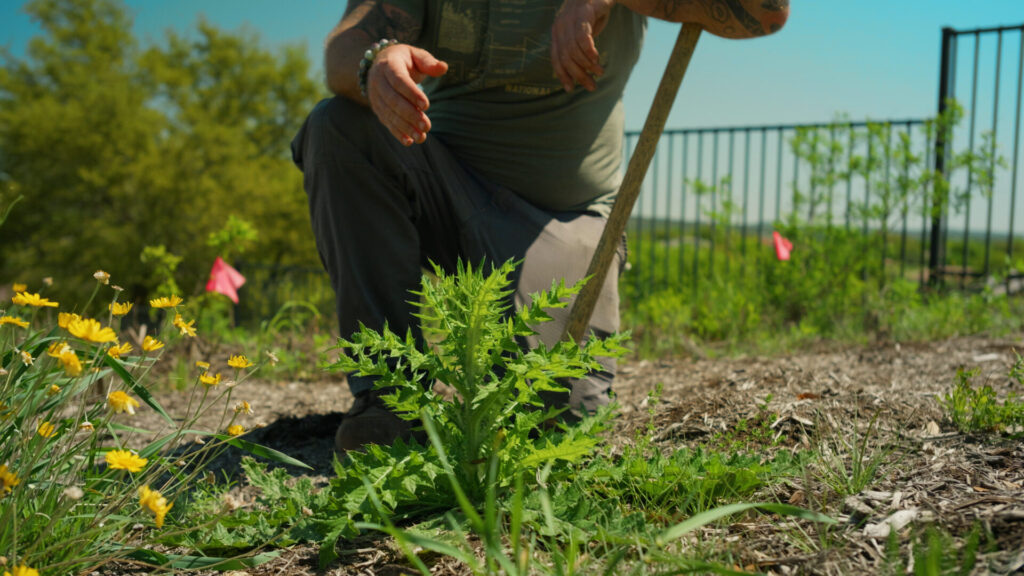
Benefits of Selective Weeding and Regenerative Agriculture
Common Noxious Spring Weeds in Central Texas
These are some of the most prevalent noxious weeds found in Central Texas during spring, particularly along garden edges, walkways, and livestock areas.
Bur Clover (Medicago polymorpha)
Sharp burrs cling to clothing, fur, and skin and spread rapidly.Sandbur (Cenchrus spp.)
Spiny seed heads that attach easily to pets, clothes, and livestock.Bastard Cabbage (Rapistrum rugosum)
Crowds out native plants with leafy rosettes and tall yellow flower stalks.Thistle (Cirsium spp.)
Some species are beneficial, but invasive types can be spiny and difficult.Horse Nettle (Solanum carolinense)
Covered in spines and toxic berries; dangerous to people and animals.
Search “Solanum carolinense” in invasive plant listings.
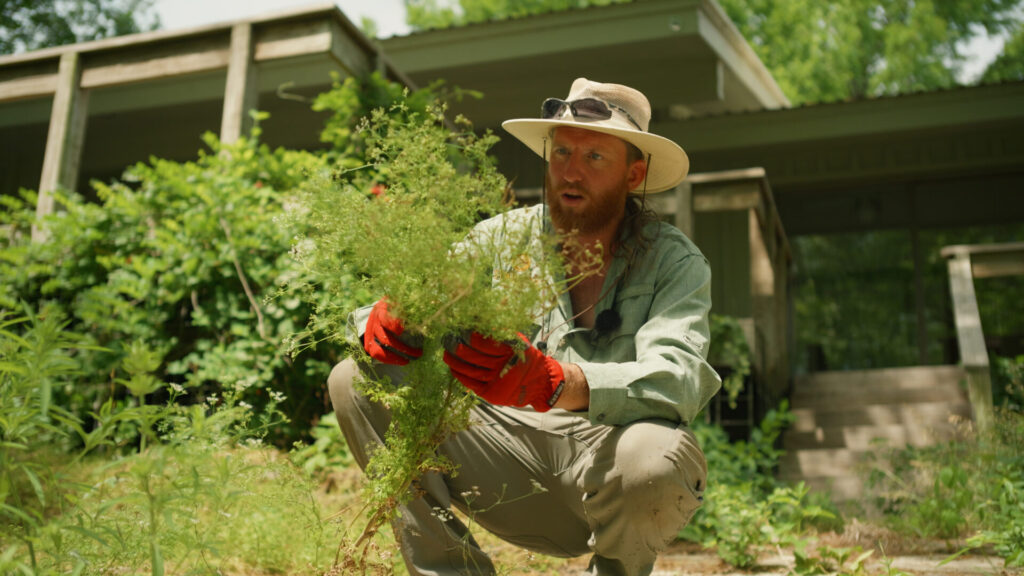
Embracing a regenerative lens on weeding in Central Texas brings real, measurable benefits:
Improved Soil Health
Many weeds contribute to soil structure and nutrient cycling. Selective removal protects beneficial species while encouraging deeper roots and organic matter.Increased Biodiversity
Diverse plant life attracts pollinators, predatory insects, birds, and other wildlife. These all contribute to natural pest control and overall ecosystem function.Reduced Chemical Use
Healthy, diverse landscapes suppress problem weeds naturally. This reduces or eliminates the need for synthetic herbicides.Greater Resilience
Regeneratively managed land is better equipped to endure drought, flooding, and extreme weather events, which are common in Central Texas.
Cultivating a Future Through Thoughtful Weeding
Weeding in Central Texas isn’t just a maintenance task. It’s a regenerative act. By learning to identify beneficial species and only removing the plants that disrupt our goals or health, we become active stewards of our land.
Let’s replace the idea of a “weed-free” yard with a thriving, functional, and beautiful ecosystem. When we view weeding as an opportunity to improve soil health, boost biodiversity, and reduce reliance on chemicals, our landscapes and our communities reap the rewards.
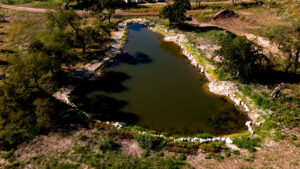
Building a Healthy Pond in Central Texas
Learn how to design, build, and maintain an ecologically functional pond in Central Texas. This comprehensive guide covers watershed planning, excavation, bentonite sealing, spillways, vegetation, microbes, and long-term ecological management.
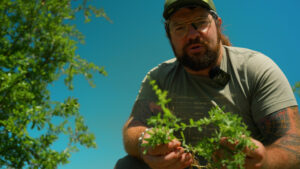
Smart Weeding in Central Texas for Healthier Soil and Ecosystems
Weeding in Central Texas isn’t just about pulling unwanted plants. It’s a critical part of building healthier soils, supporting biodiversity, and cultivating resilient landscapes. In
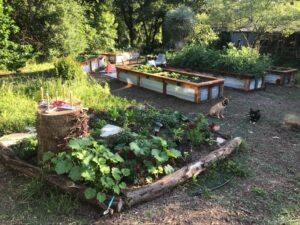
Complete Guide to Raised Garden Beds in Central Texas
Table of Contents Note: This menu is intended to provide our clients with brief descriptions and pictures of the raised bed options we install. Prices
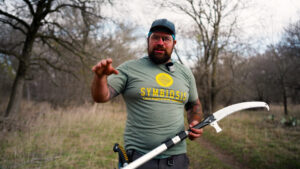
Seasonal Land Care in Central Texas: The Importance of Ecological Forestry in Winter
Ecoforestry is a sustainable land management approach that aligns forestry practices with ecological principles to maintain and restore healthy forest ecosystems. In Central Texas, timing forestry activities to coincide with seasonal conditions is crucial for promoting tree health and preventing diseases such as oak wilt. Conducting forestry work during winter and summer, when disease-spreading insects are less active, helps protect trees and supports biodiversity. Winter also offers advantages like cooler temperatures and better visibility due to leafless trees, making it an optimal time for tasks such as pruning, removing hazardous limbs, and improving land access. Implementing ecoforestry practices during these periods ensures the long-term health and resilience of Central Texas forests.
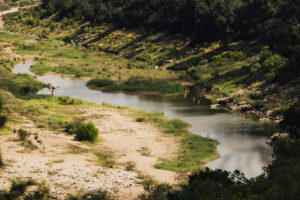
Texas Hill Country, The Rise, Fall, and Repair: Regenerative Agriculture in Texas
The connection between humans and the land is a cycle of both giving and taking—a relationship that shapes our lives every day and will continue
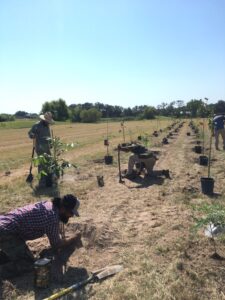
Planting 3,000 Trees: A Hopeful New Beginning in Texas
Our Client Named This Project Arborgasm In the heart of Texas, a former olive farm is getting a fresh start. This 78-acre piece of land,
